The Present Is Female: The Designers Behind a Fashion Revolution
The Present is Female
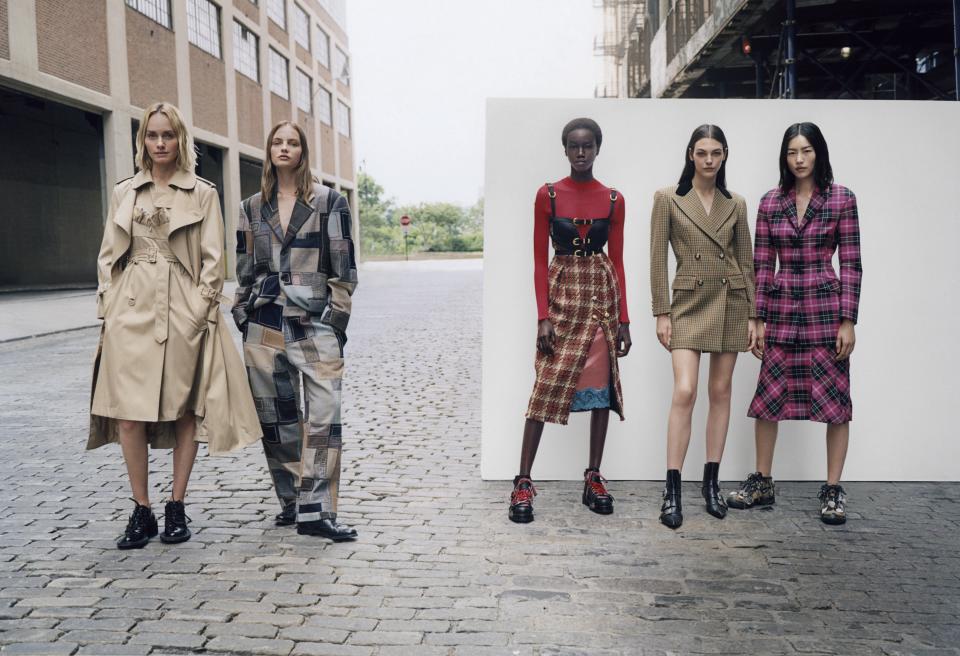
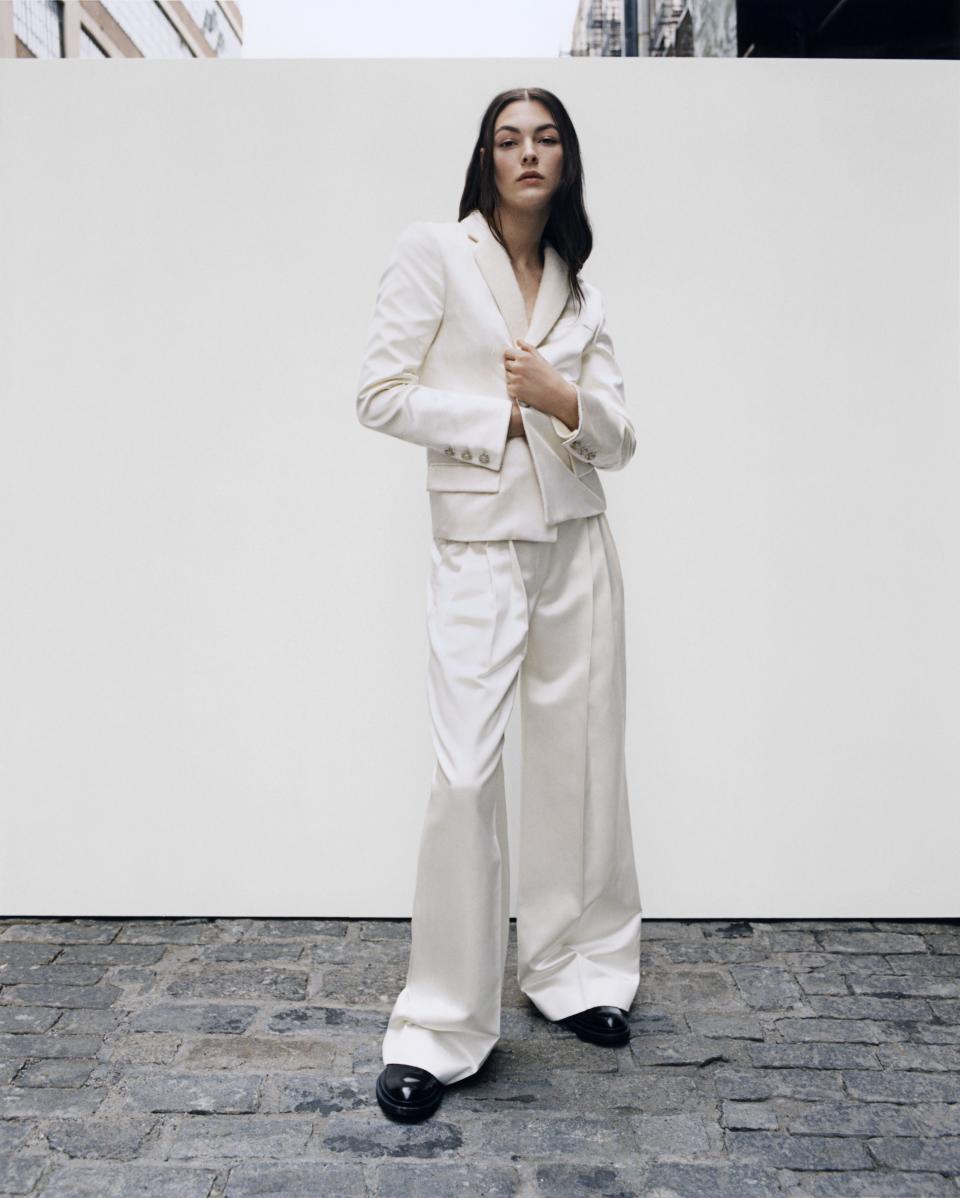
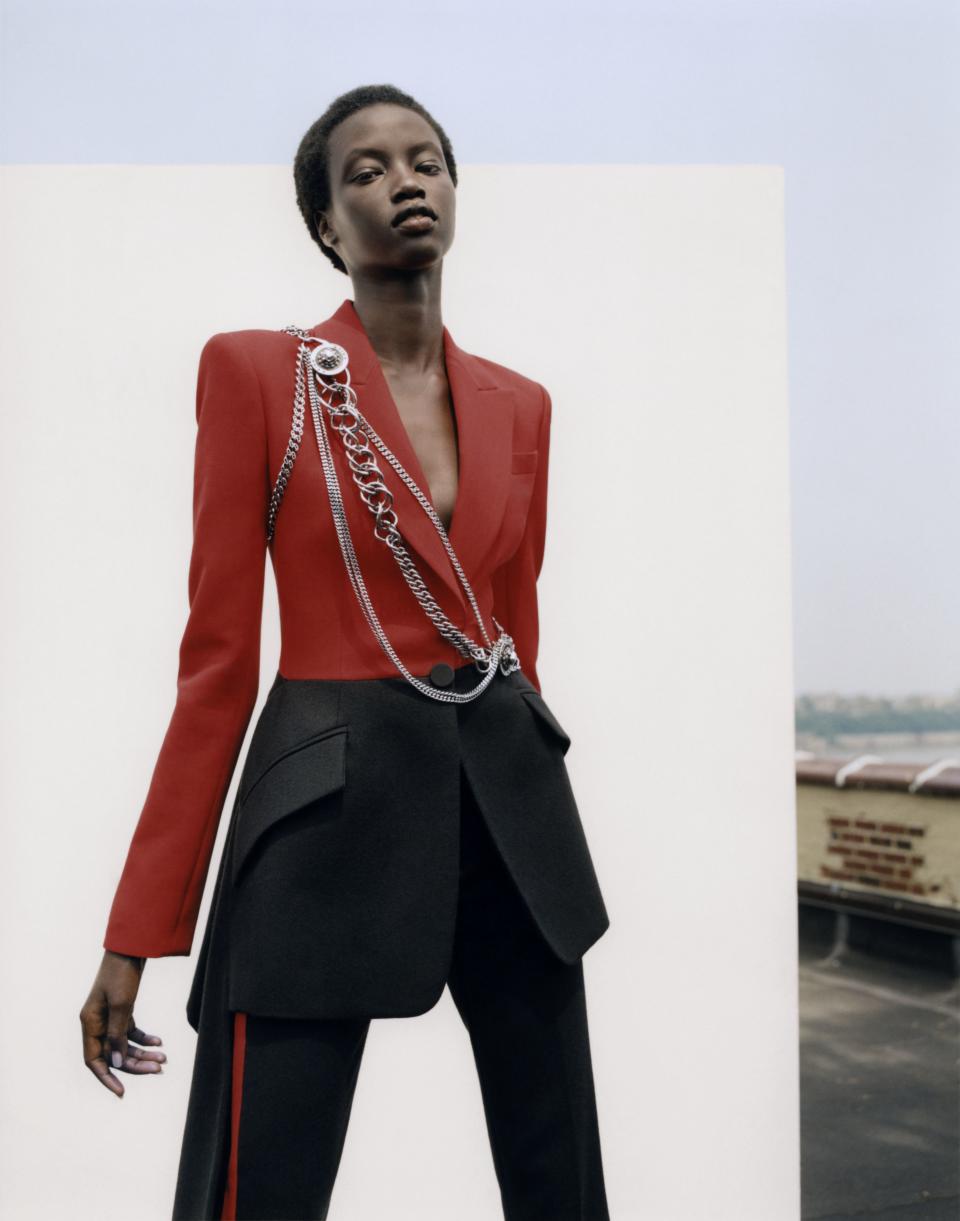
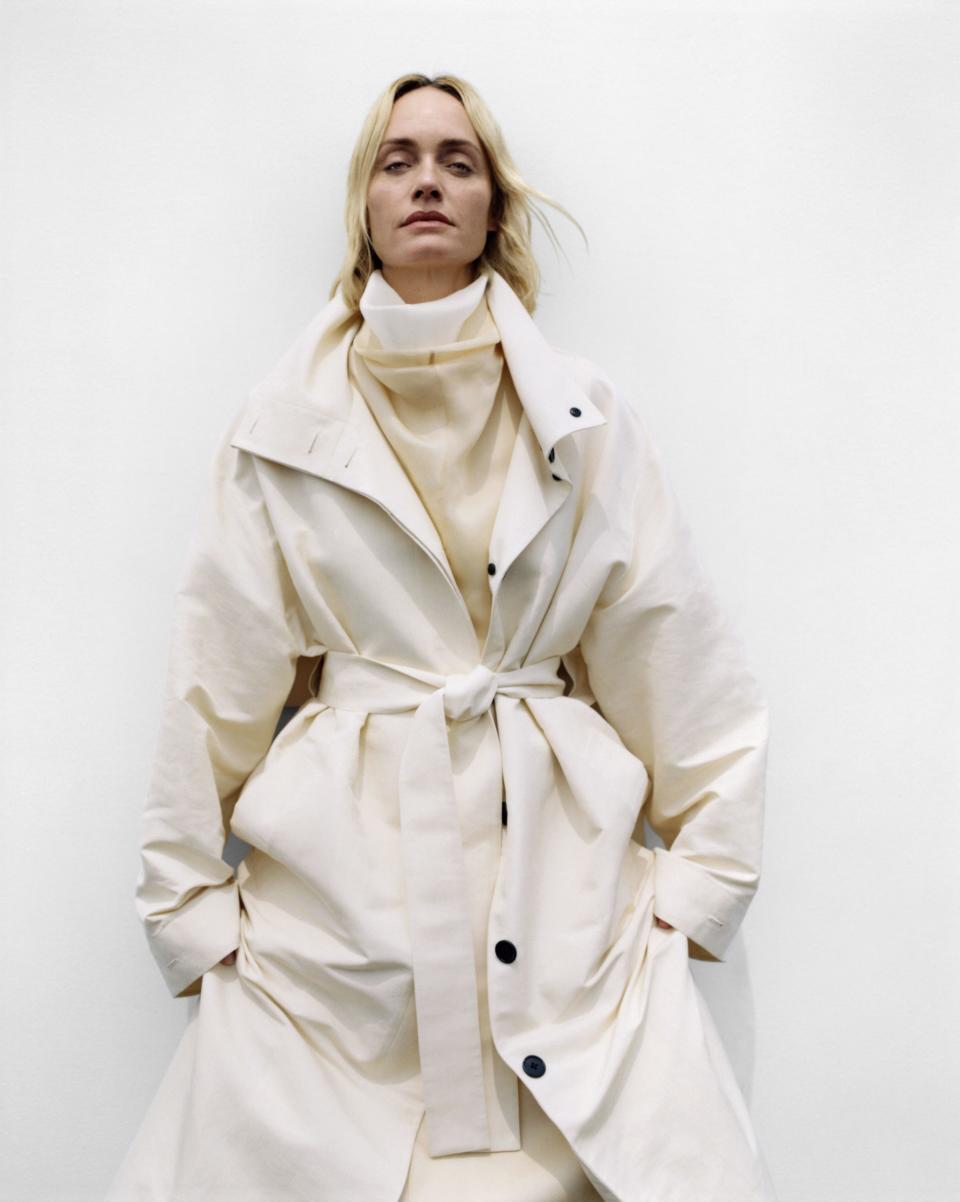
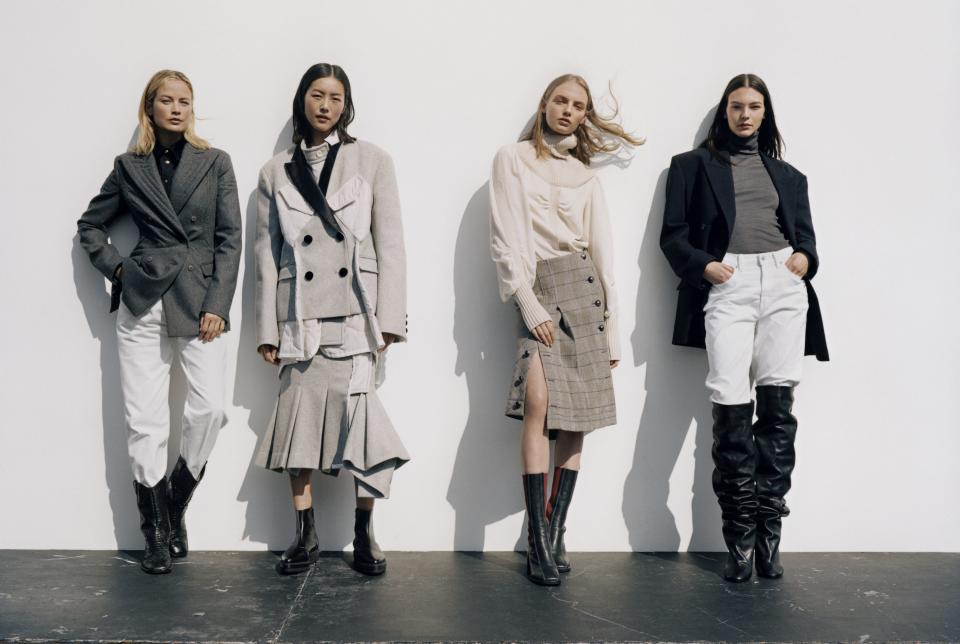
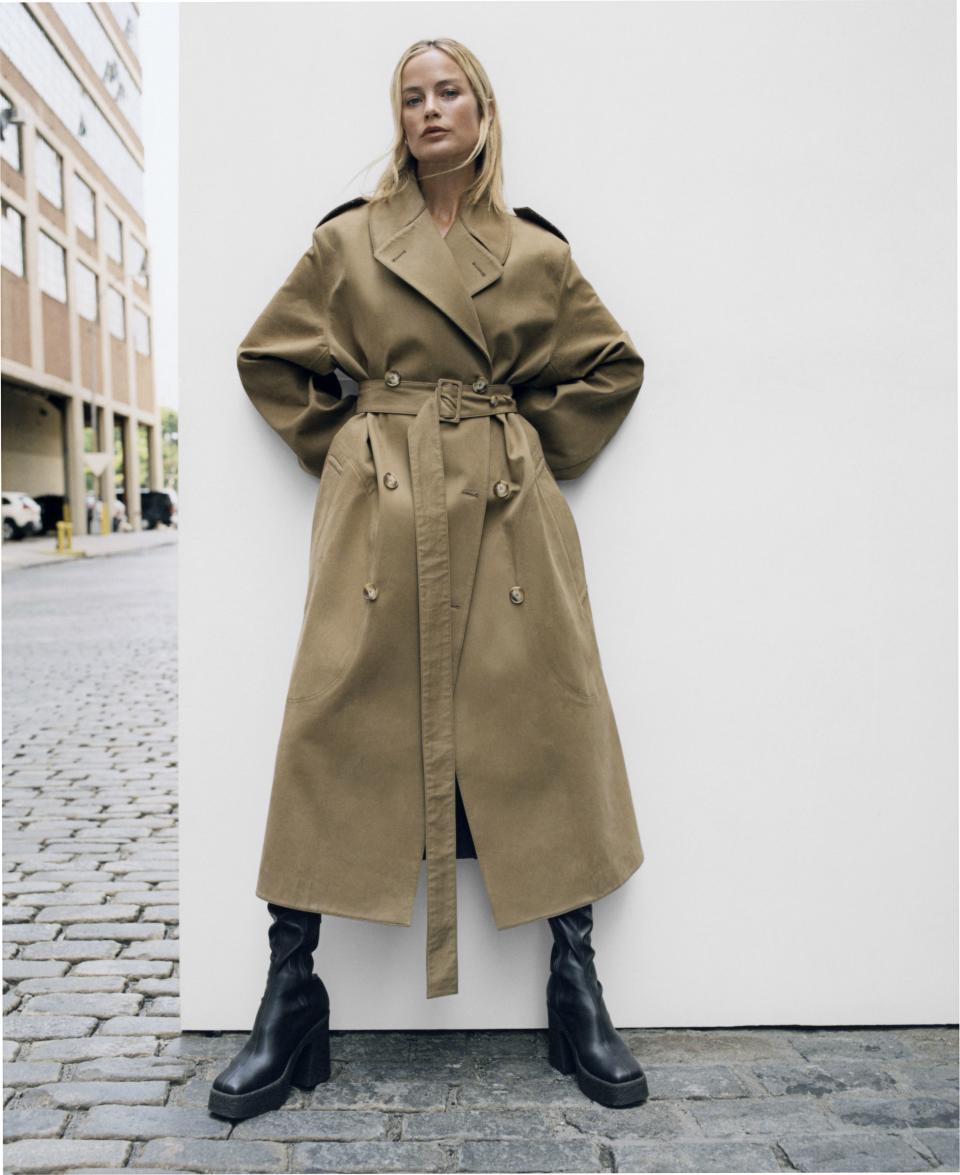
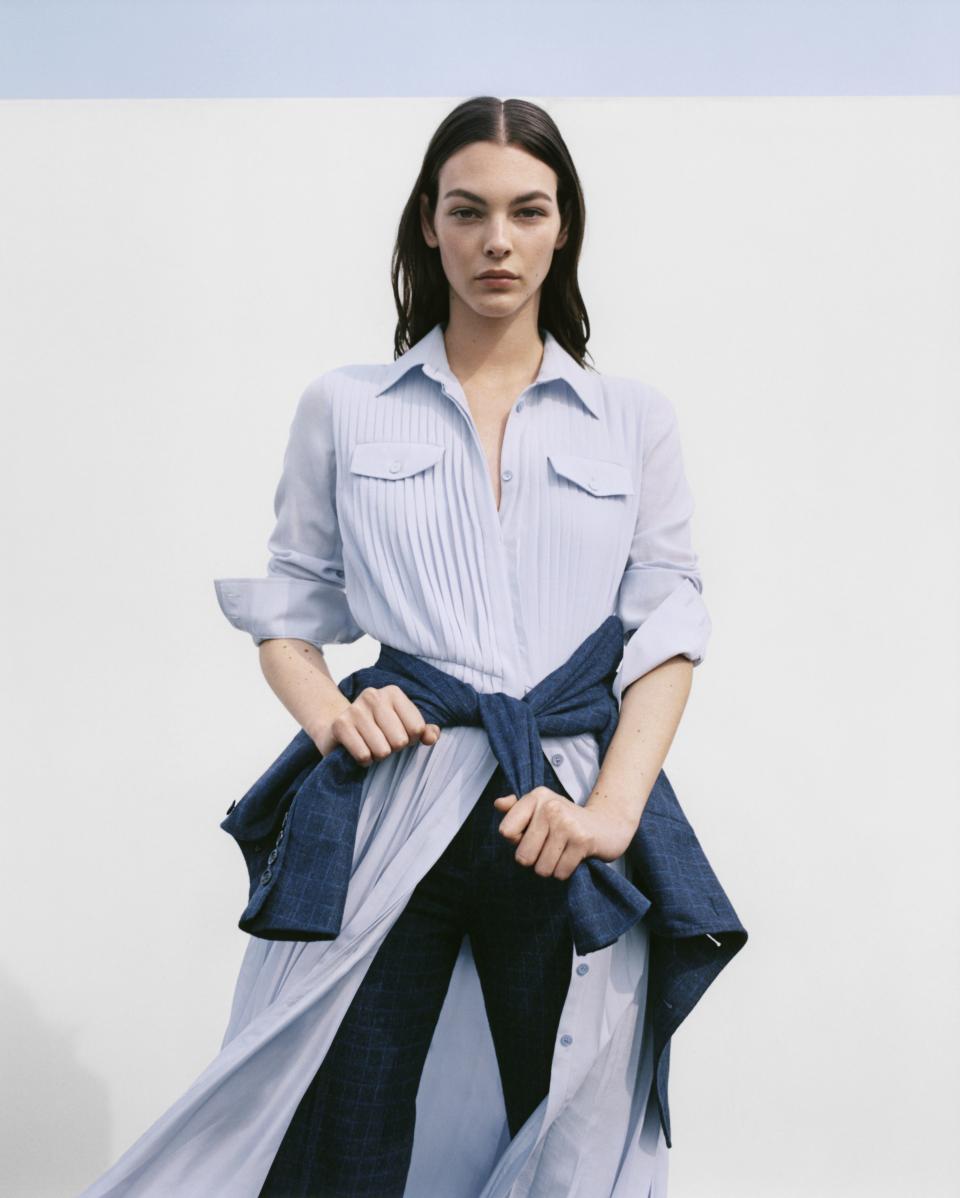
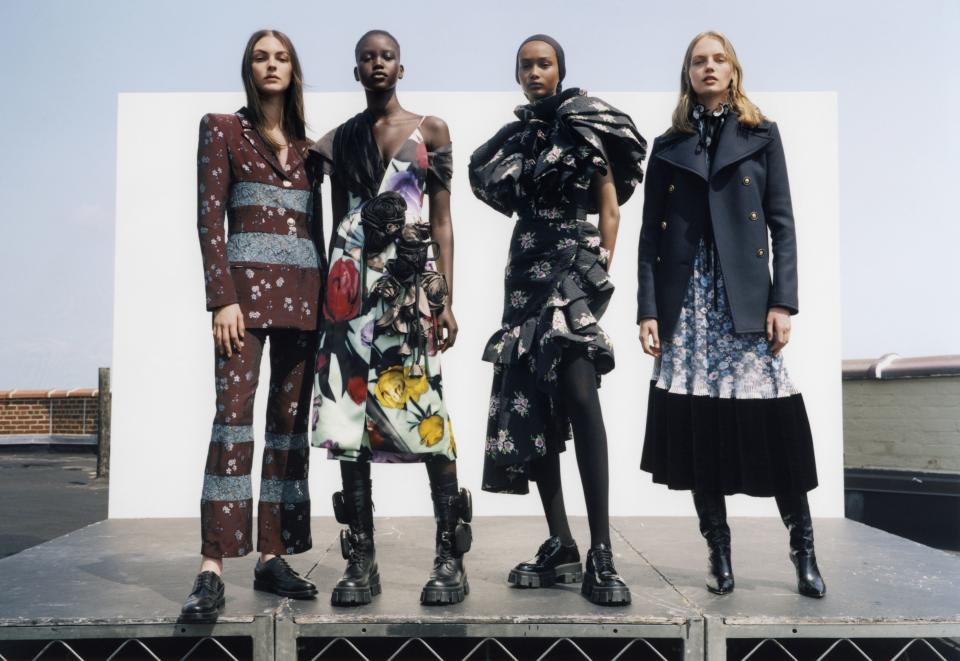
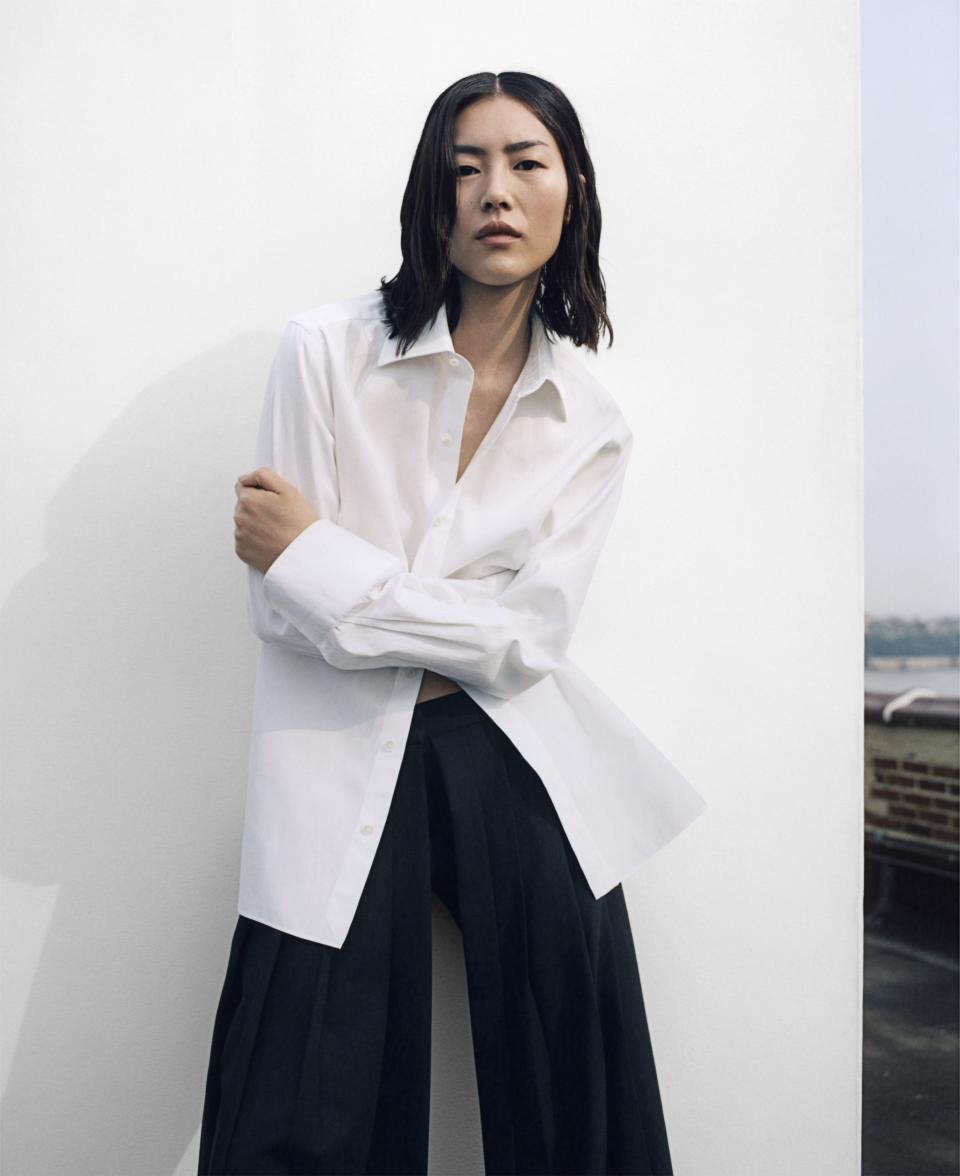
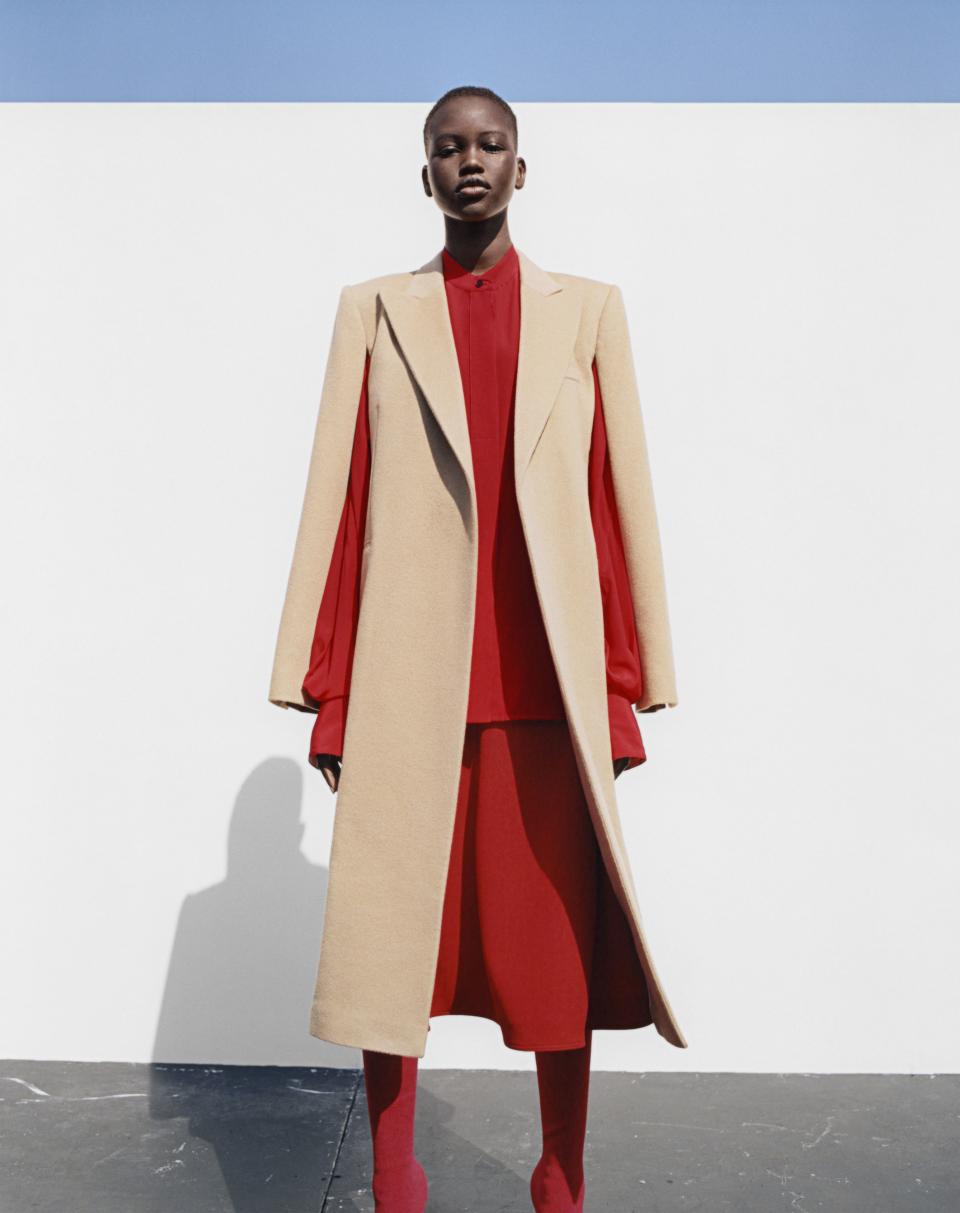
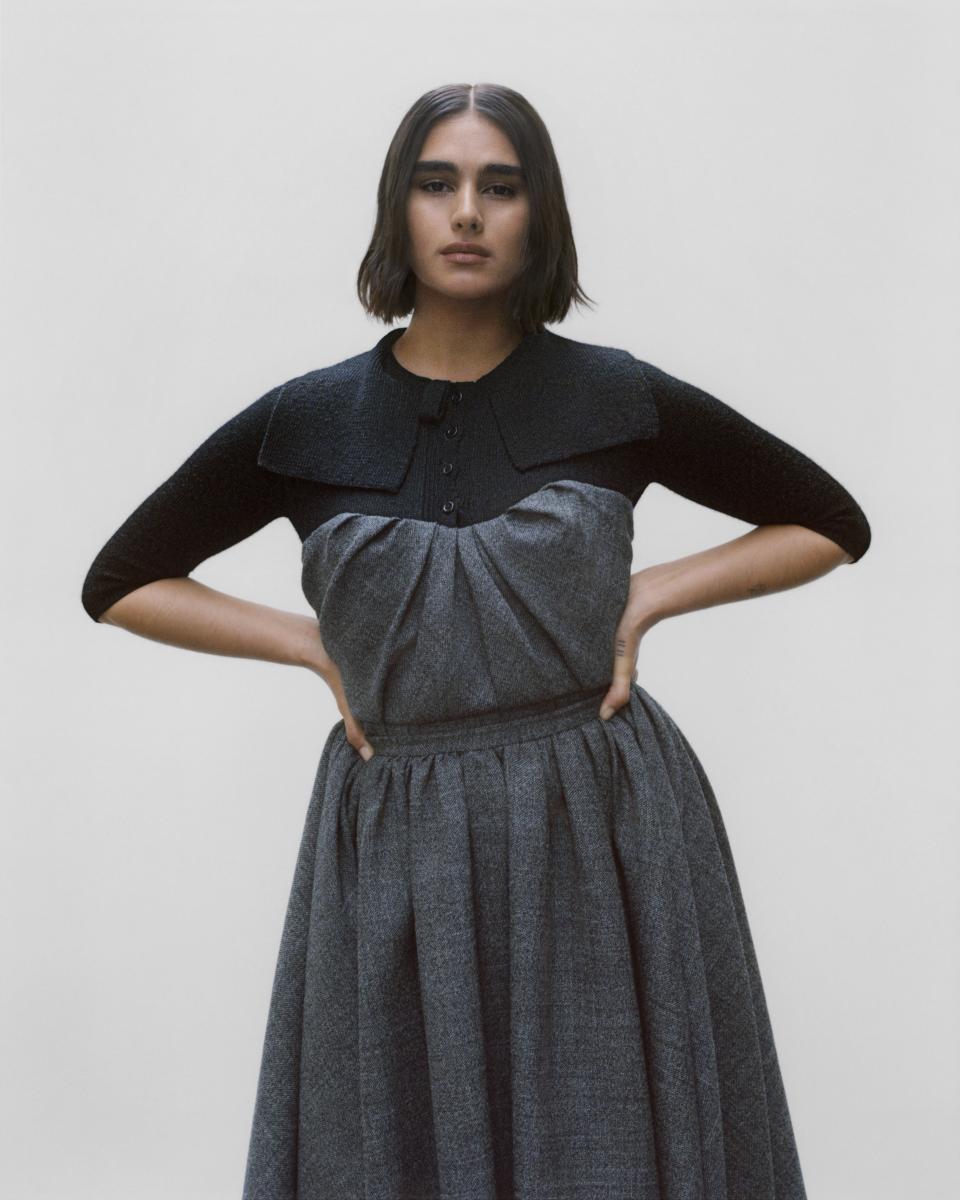
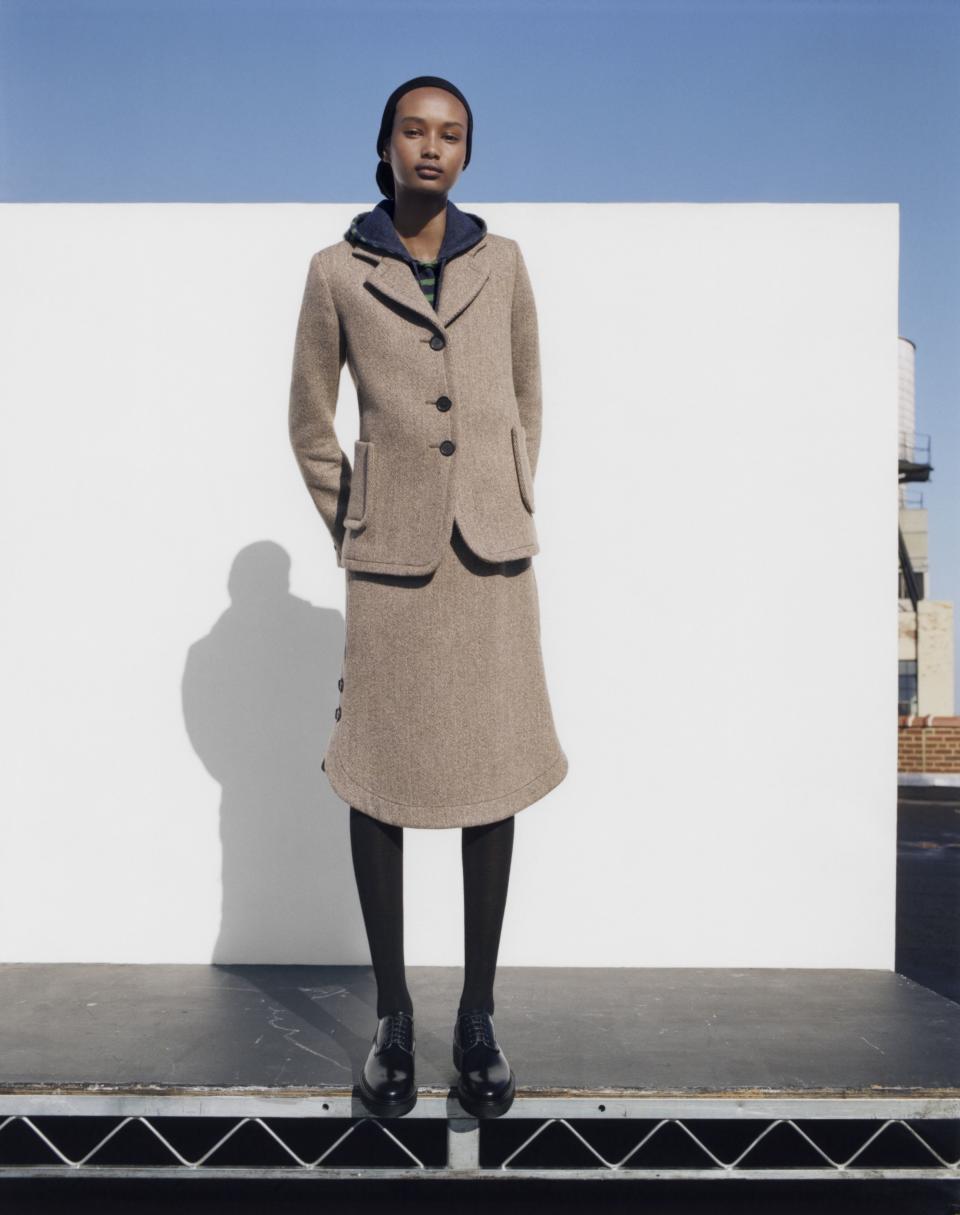
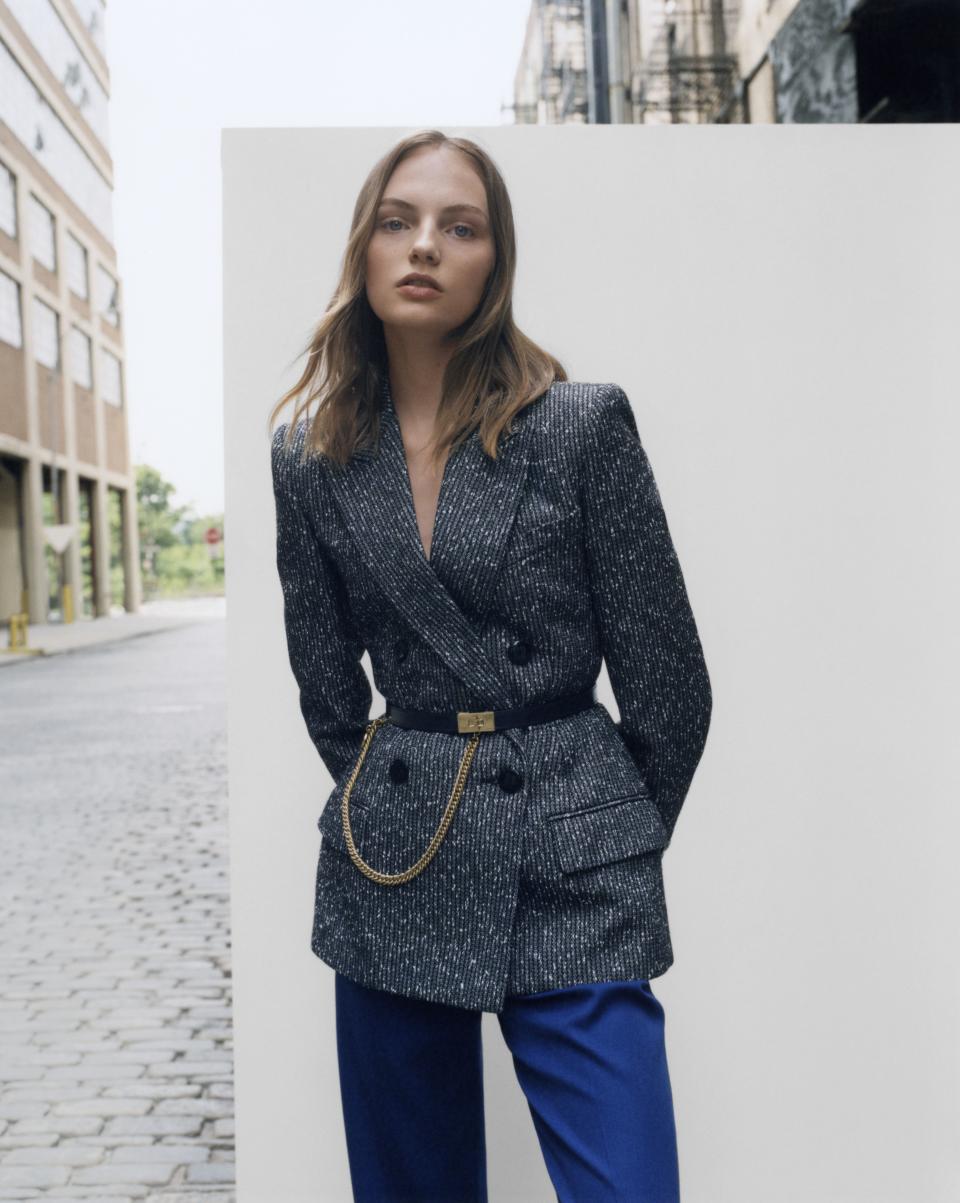
A FEMALE CULTURE runs far and wide across the landscape of 21st-century fashion. It’s there at the top of the canopy, in major Parisian houses; it pervades the uprising of young, self-made independents and generations of established entrepreneurs: a multifaceted critical mass of women steadily working to change an indus- try for the better. What’s remarkable is the way they talk about feeling, their agile ability to intuit the time we live in, and their quiet but steady turning of the fashion world toward the overthrow of bad and old institutional behaviors.
I was working at my first job in New York when Donna Karan launched Seven Easy Pieces, her inspirationally efficient wardrobe that heralded the rise of the ’80s power woman and the first wave of consciously feminist fashion. Nothing was more thrilling than her have-it-all idea that executive women could smash the glass ceilings of corporate America, and seeing her advertising campaign with Rosemary McGrotha being sworn in as president showed us—nearly 30 years ago—that everything should be imaginable for us.
Still, what we never reckoned with then was the notion that the achievement of women designers today would amount to a reshaping of the industry—not by fitting in with male-led corporate rules but by steadily ignoring them, trusting their own instincts, living how they wish, and opening wide the creative space for a whole generation to thrive.
This new normalization of visibility includes women leading major houses, from Maria Grazia Chiuri at Christian Dior and Clare Waight Keller at Givenchy to Sarah Burton at Alexander McQueen and Virginie Viard at Chanel. Innumerable major women leaders, meanwhile, have succeeded by doing things in their own ways: Miuccia Prada, Rei Kawakubo, Vivienne Westwood, Donatella Versace, Vera Wang, Alberta Ferretti, and many more.
Yet progress today can hardly be quantified as linear, up-the-ladder stuff. It’s gyrating around whole new axes of celebrity and social media. Doors to the luxury-fashion fortress that didn’t even exist a decade ago are now being stepped through by female upstarts from everywhere in the digital age—including those who’ve credibly switched to fashion from acting and music careers: first the Olsen twins, then Victoria Beckham, and now Ri- hanna, the first black woman to have a label backed by LVMH.
Women are taking the freedom to toot their horns on media platforms— or to stay private and silent—as they wish. You won’t find holiday selfies on Mary-Kate and Ashley Olsen’s Instagram for The Row—only serene clothes sparingly juxtaposed with pictures of art. At the other end of the spectrum, Beckham—a duck to water with publicity since her music-industry beginnings—jumps at the chance to share her life on Instagram. “In the past, the only me that people saw was what the media showed,” she says. “Now you see me on the school run, in the studio, as a wife, a businesswoman—women relate to that.”
Younger women in particular seem to take these freedoms, including freedom from gender bias, largely for granted—something that has tended to make all this progress little-noticed. But while Hillary Clinton may not have become president, all around the world the unfettered daughters of the ’80s and ’90s are rising in politics, confidently speaking of women’s truths and women’s values—just as they are in fashion.
“Women coming together and sup- porting each other have always been at the core of everything I’ve done as a fashion designer,” says Stella McCartney. “It’s that connective tissue between all of us that truly inspires me.” McCartney’s early advocacy in sustainability and ethics, meanwhile, is fast becoming commonplace—surely the most significant change in values to have hit fashion in years.
IN THE '80s, the first wave of fashion environmentalism was also woman-led, with Eileen Fisher, Katharine Hamnett, and Maria Cornejo at the forefront. What that generation began to commit to is now a surge lifting rafts of new practitioners, with Emily Bode, Marine Serre, and Gabriela Hearst among them. We’re at the point where there’s no contradiction left between desirable, sophisticated clothes and environmentally friendly, considerately crafted ones.
The outspokenness of women designers is also increasingly being heard in these days of backsliding gender politics. When Chiuri, the first woman creative director in the history of Christian Dior, famously put the title of a Chimamanda Ngozi Adichie essay, “We Should All Be Feminists,” on a T-shirt in her debut collection in 2016, it was personal: “I was 51, thinking about all the phases of my life and reflecting on what society puts on a woman as a wife, a daughter, a mother,” she says. “To express your craft in fashion now is not just about making an unbelievable dress—as a designer and as a woman, I think you have a responsibility to read the changing age.”
Among the forces giving human shape to the way women designers think are generational bonds: mothers and daughters, friends and sisters working together and, in turn, gather- ing more women to work with them. “We’re a whole female team,” says Simone Rocha, who started her company on the strength of her tomboy femininity with her mother, Odette, in 2010. “Having my mother and the girls in the studio does make a difference—I want to be sure everyone can be part of it. Designing for me comes from a raw female dialogue.”
A certain toxic myth in fashion— that great work comes only from sole geniuses pulling inspiration out of the air—has proved dangerous to many a male designer’s health. Women, on the other hand, tend to use pooled opinions and empathy as their de- sign superpower. Waight Keller, who worked her way up as a design assistant in male-led houses before she reached Chloé and then stepped up as artistic director at Givenchy in 2017, knows the difference. “I was always working for men before, interpreting their idea of women. But after I became a creative director, it started coming from within. That’s something I’ve really advocated—that it’s so important to feel it.”
It was working with a sisterhood that formed Chiuri’s career outlook during her start at Fendi in the ’80s. “They were a company of five sisters— women who had families, who showed respect for each other, and who also recognized each other’s different aptitudes. I was so lucky, because most Italian fashion wasn’t that way.”
Sarah Burton describes her way of crafting clothes with her team at Alexander McQueen as “more of a hive than a hierarchy.” Her belief in the strength and sensitivity of women gets subtly transmitted in everything she does, right through to the speech about female emancipation by the suffragette Christabel Pankhurst on Bur- ton’s fall show soundtrack. Recently, she’s been hybridizing tailoring with side-drapes, whorling 3-D roses into jackets, and implanting Victoriana bustles into tuxedos—contemporary advances that do away with old binaries of masculine-feminine dressing. “The point,” says Burton, “is that to be powerful, you don’t have to look like a man.”
THE BREAKTHROUGH to the sunny uplands where all sorts of women’s styles and talents are now being sought out has, of course, only been reached after years of ingrained institution- al gender bias. I remember being shocked as I overheard—at the turn of the millennium, when McCartney, Waight Keller, Burton, and Phoebe Philo were in their early 20s—male fashion executives debating the hire- ability of young women as creative di- rectors due to their awkward tendency to give birth. That, and the insidious whispering of male pundits that women were capable only of designing wearable clothes—a genetically lower category than the high-flown genius created by a man.
It was the current generation of professionals who turned the tables on everybody—but not without a fight. “I started out at 25 in a very male- driven Parisian house,” McCartney remembers of her time at Chloé, “but I noticed that it was younger women who were really driving the sales.” She soon jumped ship to set up her own label—anow fully independent operation whose employees, she says, are 70 percent female. “We definitely celebrate women having babies here,” she says. “I think there used to be an industry joke: ‘If you’re going to get pregnant in the fashion industry, go work for Stella McCartney.’ That’s a joke I’m very proud of.”
One woman working her way up through corporate design studios at the time remembers how a brand—she is tactful not to say which—was astonished when she got pregnant. “No woman who had a baby had ever worked there as a designer,” she says. “They had to institute a whole company maternity policy—because of me.”
Philo, though, was the one who really charted a new path for mothers in fashion (and for women designers who want to produce “wearable” wardrobes). After revolutionizing what “girls” wanted to wear at Chloé, she went on to electrify women at Céline— while taking three breaks to have her children. The first time, in 2005, created a gossip furor: She’d broken the male-fostered work-around-the-clock star-designer tradition—and she didn’t want to pretend she’d designed collections while she was away. “I don’t have anything to be ashamed about,” she said. “I had a baby! I mean, what do people expect?”
Seen down the long barrel of history, fashion is looking very different from a decade ago when, on the upswell of Michelle Obama’s leadership, wear- ing dresses and print and color became a symbol of liberation. To meet our severely different times, female designers are now making versatile clothes that last—a welcome help in the battle against wastefulness and a movement toward spareness and economy that has suddenly brought about an inspirational 21st-century reconnection with the aesthetics of heritage design.
You see it in the pure, monastic grace of The Row, in the all-American craftsmanship of Bode’s recycled collection, and in the pared-down tailored designs that have taken off sensationally in Hearst’s business. “If I’m making a coat,” Hearst says, “it’s going to be a coat that you’ll be wearing in ten years—a coat that lasts.” The considered tailoring of Grace Wales Bonner—a young British-Jamaican designer—aims to spotlight the intellectual culture of the African diaspora. “As a woman,” she says, “I approach dressing as a devotional, emotional, and soulful act.” It’s all part of the revolutionary picture of a new generation putting human values at the center of fashion.
A pause to celebrate, then—and to wonder: What’s to come? Hope that transparency and mutual respect will extend to include all the workers—men and women—who make our clothes; that more voices of women of color rise up in the industry; and that, eventually, everyone slows down enough to see that taking pleasure in fashion is not a race.
Does that all seem a long way off ? Well: That we can even imagine these things is down to what women have already done.
Originally Appeared on Vogue

